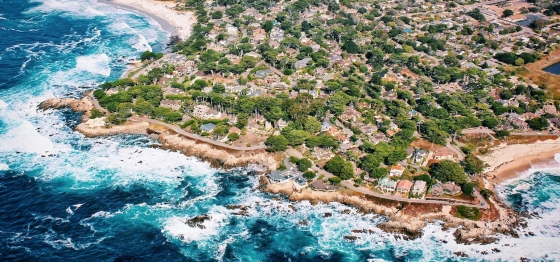Juno Beach (FL) Weather and Climate: A Comprehensive Guide
Temperatures see a moderate degree of fluctuation,
transitioning from very warm conditions
to warm.
It is also known for its large amounts of rainfall.
Now, let’s break down all the climate details for a clearer picture.
Average maximum day and minimum night temperature
In Juno Beach, seasonal changes bring about a moderate variation in temperatures. Typically, average maximum daytime temperatures range from a very warm 33°C in August to a comfortable 24°C in the coolest month, January.
Nights are cooler, with lows often dropping to around 14°C during the colder months. Check out our detailed temperature page for more information.Temperature ranges by month
Precipitation and rainy days
Juno Beach is known for its substantial rainfall, with annual precipitation reaching 1624 mm. The climate in Juno Beach shows significant variation throughout the year. Expect heavy rainfall in August, with an average of 235 mm of precipitation over 23 rainy days. In contrast, November offers drier and sunnier days, with around 70 mm of rainfall over 13 rainy days. For more details, please visit our Juno Beach Precipitation page.The mean monthly precipitation over the year, including rain, hail and snow
broken clouds and small chance of rain broken clouds and rain broken clouds and thunderForecast for Juno Beach (FL)
The best time of year to visit Juno Beach in the United States of America
During the months of January, February, March and December you are most likely to experience good weather with pleasant average temperatures that fall between 20°C and 26°C.Other facts from our historical weather data:
Rainy season in Juno Beach occurs in the months of June, July, August and September.
August has an average maximum temperature of 33°C and is the warmest month of the year.
The coldest month is January with an average maximum temperature of 24°C.
August tops the wettest month list with 235 mm of rainfall.
November is the driest month with 70 mm of precipitation.
No idea where to travel to this year? We have a tool that recommends destinations based on your ideal conditions. Find out where to go with our weather planner.




